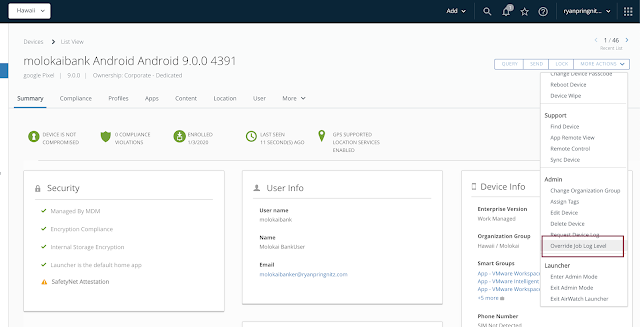Delivering Managed Configurations (key/value pairs) to Android applications with Workspace ONE UEM profiles

Applications often have secrets that should not be hardcoded in the source code. This poses a challenge for developers, as ProGuard can change classes and method names, it won't help with secrets. Examples of secrets that can be removed from application source code include an API key or a OAuth refresh token. Another capability is for the MDM to dynamically deliver values to the application, such as the current logged in user, device serial number, or organization group. Google has made it more challenging to access non-resettable device identifiers like the serial number in recent years, and this remains a viable solution to provide non-resettable device identifiers (and other values) to applications running on the device. So how do we do it? Workspace ONE UEM can deliver profiles to devices. Profiles can configure a number of settings, in addition to delivering key/value pairs to your applications. Google refers to these key/value pairs as Managed Configurations, aka application...


